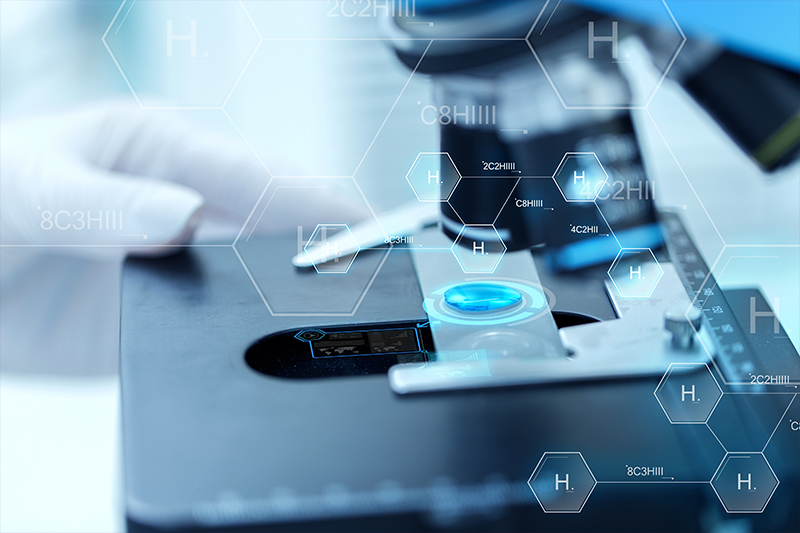A significant partnership has been agreed between Sci-Tron Limited and DisChem, Inc.
Sci-Tron are a UK-based manufacturer of advanced metal-organic resists and DisChem a leading US provider of innovative chemical solutions for advanced lithography.
The agreement, finalised in early April 2021, will see DisChem as sole distributors of nEBL3, Sci-Tron’s selective e-Beam resist with high etch selectivity.
Dr Ian Proctor is Commercial Director, Sci-Tron Limited: “The technology underpinning nEBL3 is based on
Sci-Tron’s heterometallic resist (HMR) technology, a patented modular design which will enable new lithographic device architectures. The modular design allows Sci-Tron to customise nEBL3 to be used with the solvents and developers preferred by end-users.”
“There is incredible nanofabrication research being undertaken in universities across the US. Sci-Tron hope to achieve significant take-up by these groups and we are excited to see the results and hear feedback from the US academic community on their experiences with nEBL3.” Adds Dr Proctor.
Based in Ridgway, PA, DisChem provide innovative chemical solutions for advanced micro- and nano-lithographic manufacturing. From hologram and optical media, to state-of-the-art microlithography and e-beam manufacturing, DisChem has an established catalogue of commercial chemical solutions which enable manufacturers increase yield and reduce cost and process waste.
Andy Thompson is President of DisChem, Inc: “This is a great opportunity for DisChem to add a new negative tone resist material to our portfolio. The validation data for nEBL3 is highly impressive and, from early-stage discussions with our customers, we understand there is a genuine appetite to evaluate this resist with their own equipment and processes.”
“There is a real expectation that they will see a step-change on what can presently be achieved in direct write lithography.”
“As I see it, one of the most valuable properties of the resist is the ability to produce a metal mask in one-step through lithography. The is no other resist material currently available that I am aware of that can offer this.”
Sci-Tron have achieved best-in-class results with nEBL3: the etch selectivity to silicon achieved is so high that they have been studying 15 nm thick films of nEBL3, spun from tert-butyl methyl ether (TBME) for high-resolution plasma etching.
With the nEBL3 resist, Sci-Tron are comfortable of achieving etch selectivity of >100:1 at a 15 nm half-pitch and have successfully demonstrated an etch selectivity of >60:1 even down to 8 nm resolution. The work was verified at California Institute of Technology (Caltech) in the Kavli Nanoscience Institute.
Thompson has also identified genuine potential to leverage the unique characteristics of nEBL3 in EUV lithography as a ‘hard mask’.
Dr Richard Winpenny, Director & Chief Scientific Officer, Sci-Tron Limited: “A hard mask which is hugely resistant to plasma etching is a vital component of transferring the structure into the substrate. Producing a hard mask is challenging, involving metallisation with aluminium followed by oxidation.”
“nEBL3 is essentially a ‘hard mask in a bottle’. It produces a hard mask directly from the writing step with no metallisation or oxidation stage needed which, in turn, removes two steps from the process. There is also no need for a ‘lift-off’ step, so there is potential for manufacturers to benefit from reductions in production time.”
“This applies to any process, but is particularly valuable for very high-resolution features, for example as produced by EUV lithography.”
Dr Scott Lewis, director and senior technical advisor at Sci-Tron: “We believe that nEBL3 has the potential to become the benchmark negative tone resist to use for lithographers who need to fabricate narrow, deep features.”



